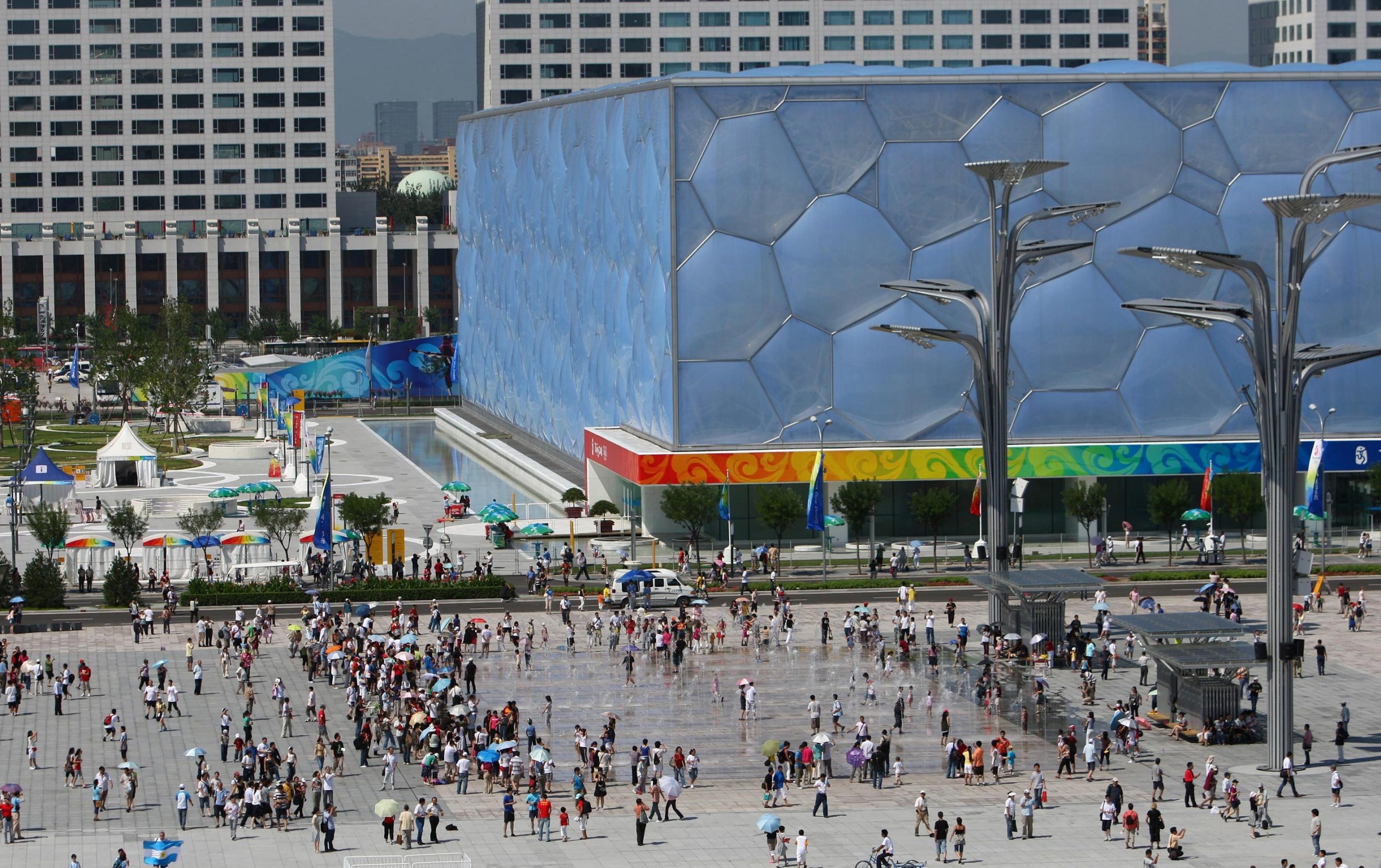Ahead of World Environment Day, on 5 June, we highlight Olympic venues that have minimised their carbon footprints or helped to protect multiple plant and animal species.
Olympic venues are a powerful way to improve the lives of host city residents. Long after the Games are finished, the venues enable local communities to play more sport and engage in physical activity. They also create jobs and help regenerate cities and regions.
IOC research shows that 85 per cent of all permanent venues used at the Olympic Games from Athens 1896 to PyeongChang 2018 – and 92 per cent of permanent venues used in the 21stcentury – remain in use, long after the various Games editions finished, bringing social and economic benefits to local communities.
But Olympic venues often go further than that. By demonstrating new ideas and technologies, they illustrate that solutions do indeed exist for cutting energy consumption and greenhouse gases, while restoring biodiversity too.
Montreal 1976: Velodrome
Montreal’s velodrome was purpose built for the 1976 Olympics, but has since been repurposed as a biodome, combining a zoo, a botanical garden and an aquarium. Instead of cyclists and spectators, the building now houses more than 2,500 animal species and 800 types of plants representing five ecosystems from the Americas.

Back in 1976, this exceptional building hosted indoor track cycling – for its Games debut – as well as judo. But even then, when it was part of a larger Olympic Park that also included the Montreal Olympic Stadium and Olympic Pool, the original building was designed to evoke the skeleton and insides of a giant flying insect.
Today, the Montreal Biodome helps the protection and recovery of endangered species, and is used for scientific research and education.
Lillehammer 1994: Gjøvik Olympic Cavern Hall and Hamar Speed Skating Arena
Built deep into the side of a mountain, Gjøvik Olympic Cavern Hall still hosts ice hockey games throughout the year. It uses very little energy due to its insulated location, which helps it to maintain a stable temperature.
Its construction also required minimal town centre space, and the excavated rock was used to build a harbour and promenade. One of 10 venues at the Lillehammer 1994 Games, Gjøvik Cavern hosted ice hockey. With such an efficient use of energy and resources, and venues such as Gjøvik Cavern, it is no wonder the Lillehammer Games are known as the world’s first “Green Games”.

Gjøvik Cavern can be rivalled only by Hamar Olympic Hall, the speed skating arena which was relocated to avoid interference with a nearby sanctuary of rare birds. The design – that of an overturned ship – reflected the site’s location, which was an 11thcentury Viking boatyard. It was also blended into the surrounding scenery so that it did not interfere with the bird sanctuary.



